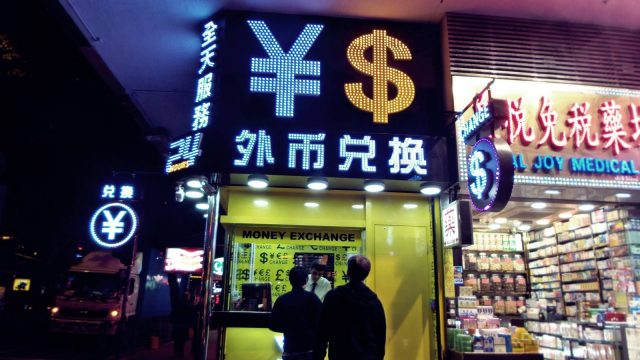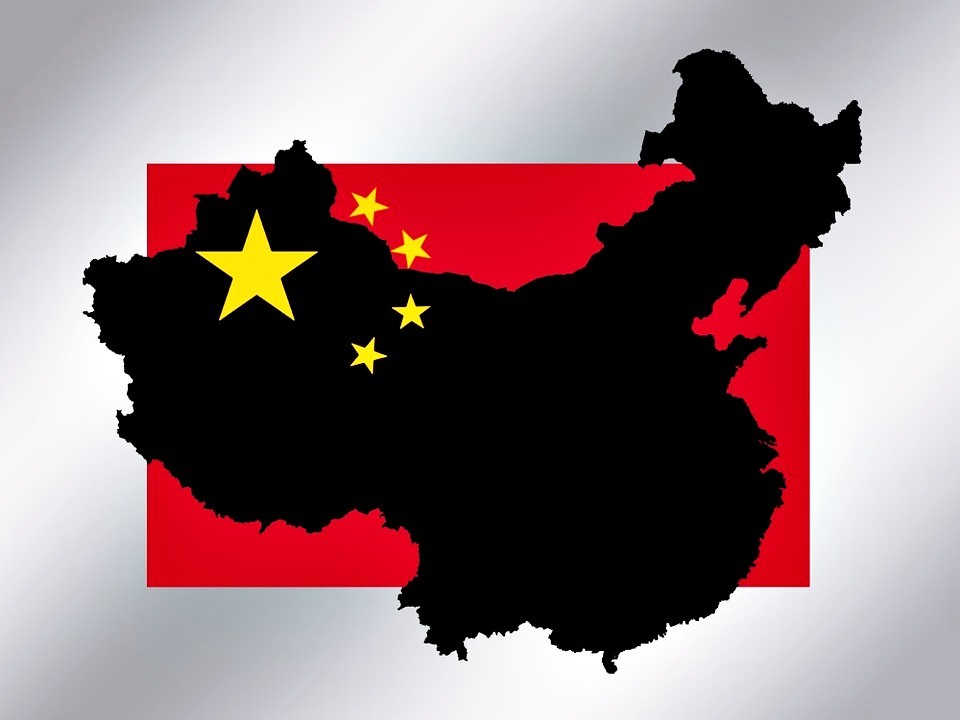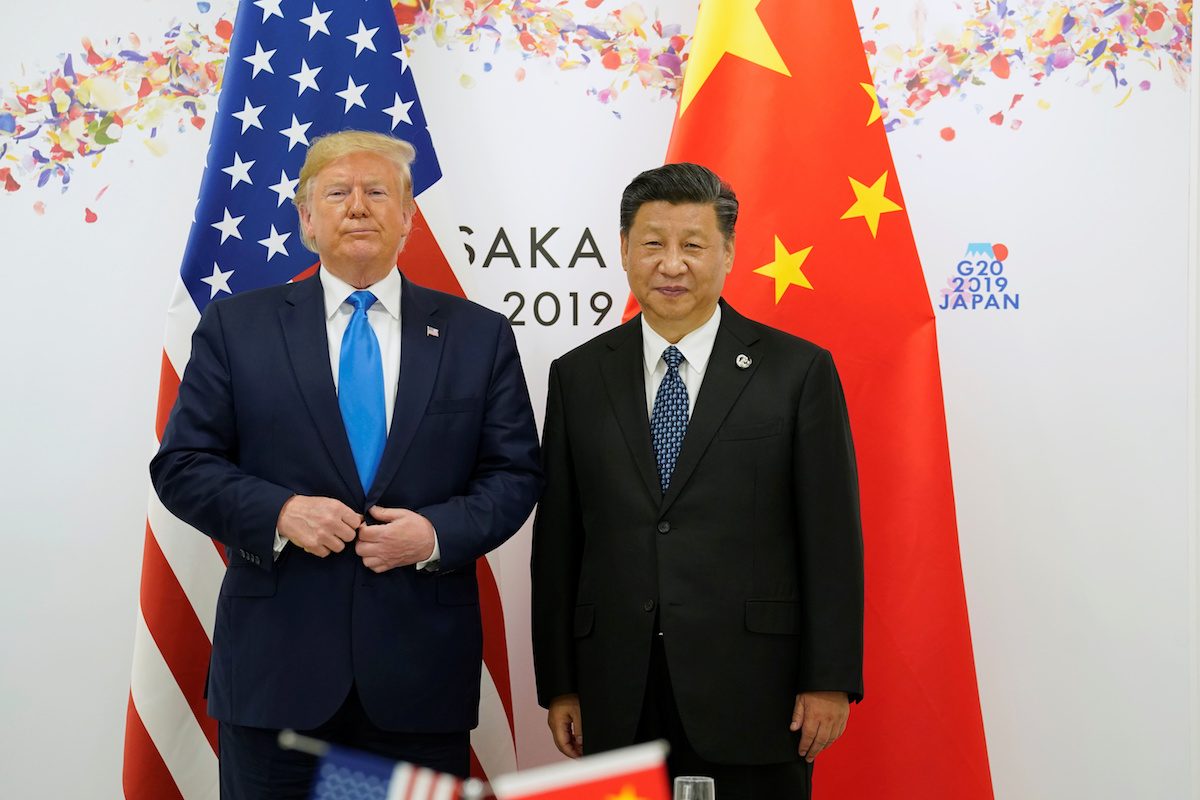Banking
The lengthening shadow of China’s banking sector
The regulation was issued in March 2016 and was intended to eliminate subprime borrowers and speculators and therefore contain the property buying frenzy. But the bubble persists.

As China’s real estate sector experiences another asset price bubble, authorities are attempting to let the air out.
The central government has cracked down on peer-to-peer lending companies that are extending down payment loans online.
The regulation was issued in March 2016 and was intended to eliminate subprime borrowers and speculators and therefore contain the property buying frenzy.
But the bubble persists
The continuation of the bubble is largely due to investors having few other investment options. This has in turn reinforced the vast shadow banking sector, which includes peer-to peer-lending companies. This sector has become increasingly risky and threatens China’s market liberalisation efforts.
The shadow banking sector in China encompasses the non-bank financial sector and to some extent the formal banking system.
The sector includes financial products such as wealth management products, trust loans and peer-to-peer online loans. Such products pose a challenge to regulators due to their lack of transparency, high risk and increasing significance in the real economy.
Peer-to-peer loans, for their part, help provide funds for down payments on new homes and promise a quick return on real estate. But these loan platforms are now forbidden from extending down payment loans — an area in which the new regulation has been effective. Earlier this year, Daniel Ren at the South China Morning Post suggested that ‘17 companies [out of 20 that were offering the service] halted lending to those who seek loans for down payments’.
The crackdown on peer-to-peer down payments was part of larger regulatory enforcement in the US$93 billion online lending sector. ‘Problem platforms’ comprise 43 per cent of all platforms and numbered 1,778 as of August 2016. Regulation has focused on limiting borrowing amounts and ensuring that peer-to-peer platforms use third-party banks as fund custodians.
Enforcement has resulted in police raids and the closure of many peer-to-peer online lenders. For example, in September 2016 police seized documents of Shanghai Kuailu Investment Group on suspicion of illegal fundraising.
But prices in the real estate sector continue to rise as money pours steadily into property. Few other investment alternatives promise decent returns because China’s markets are underdeveloped and the state has a strong presence in the financial system. One of the most popular investment outlets, wealth management products, falls directly into the shadow banking domain.
Wealth management products (WMPs) amounted to RMB26.3 trillion (US$3.9 trillion) by the end of 2015 and many of these products are sold by banks and other financial institutions. These products include asset bundles such as equities, bonds and entrusted loans. They have become increasingly risky, incorporating non-performing loans that are sold as trust beneficiary rights (TBRs) or other wealth management products. While the government has cracked down on incorporating non-performing loans as TBRs, practices like this still persist.
Government involvement in the shadow banking sector is unclear
In the past, authorities have bailed out failed products such as WMPs, but bailouts are far from guaranteed. Neither is the enforcement of interest, as illustrated by a recent case where New China Trust — in an attempt to recover equity investment from a real estate developer — lost a lawsuit. The equity investment was viewed by industry experts as a loan, since it contained a stock repurchase agreement. But the courts did not support this understanding. Inconsistent bailouts and insufficient support for shadow banking interests renders investment in this sector risky and uncertain.
But a lack of alternatives has made the shadow banking sector a go-to resource for borrowers and investors alike. The stock market volatility that rocked China in June 2015 still resonates and investment in stocks has not fully recovered from the freefall that took place as the asset price bubble burst. Bond markets are shallow and corporate bonds tend to be overrated. The banking sector is associated with low returns on deposits and is also constrained in lending — it continues to prefer state-owned and larger firm borrowers at the expense of private and smaller firm borrowers.
China’s efforts to liberalise its financial sector and further open up to market forces have been marginally successful but insufficient in the face of increasing demand for returns and loanable funds. Firms and residents are increasingly financially savvy and wish to reap returns on their savings, but this is especially tough in an economy where interest rates and risk ratings do not always reflect real alpha and beta. As a result, we can expect to see asset price bubbles recur. The shadow banking sector will continue to grow in a climate that is failing to integrate market forces into financial products.
Author: Sara Hsu, State University of New York
Sara Hsu is Assistant Professor of Economics at the State University of New York and Research Director at the Asia Financial Risk Think Tank, Hong Kong.
Source link
Banking
HSBC to Scale Back China Credit Card Operations Amid Expansion Challenges – Reuters

HSBC is withdrawing from its China credit card business due to difficulties in expanding, marking a strategic retreat in a challenging market environment.
HSBC’s Strategy Shift in China
HSBC is scaling back its credit card operations in China, highlighting challenges the bank has faced in expanding its customer base. The competitive landscape, combined with changing consumer preferences, has made it increasingly difficult for the bank to maintain its position in this lucrative market.
Market Challenges Ahead
Recent reports indicate that HSBC is reassessing its strategy, focusing resources on other areas where it sees stronger growth potential. The decision to pull back reflects the broader difficulties foreign banks encounter when trying to penetrate China’s financial services sector.
Future Focus
As HSBC pivots away from its credit card business in China, it aims to concentrate on digital banking and wealth management services. This strategic shift underscores the bank’s commitment to adapting to the evolving landscape of financial services while ensuring long-term sustainability in the region.
Source : Exclusive: HSBC pulling back from China credit card business after struggling to expand – Reuters
Banking
Bow to Beijing a low move by HSBC
HSBC has put money before morality to back China’s new security law: one that’s an assault on the freedoms of Hong Kong’s people.

Luckily for HSBC, it’s headquartered in Britain: a country where you can say what you like about Boris Johnson and his shambolic handling of the pandemic.
(more…)Banking
How China’s role in global finance has changed radically
Within the space of just 15 years, China has gone from being the largest net lender to the world to now being a net borrower. The implications for the global economy, and China’s role within that economy, could be significant.

‘If you owe the bank $1 million, you have a problem. But if you owe the bank $1 trillion, then the bank has a problem’. It’s an old gag, but it underscores an important point: the size of your borrowing or lending can have profound implications for your role in the world.
(more…)






